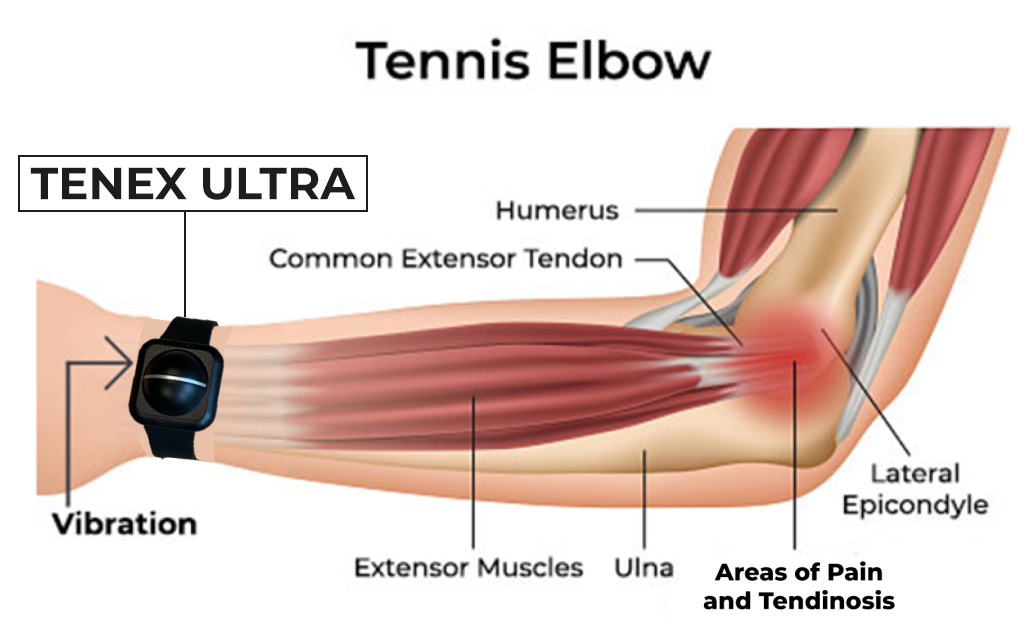
Epicondylitis
is a Myth
“Itis” means inflammation and it has now been proven that tendonitis is not an inflammatory pathology – it is in fact tendinosis. Reducing inflammation robs your body of its ability to heal itself and it has no effect on mending a stretched or torn extensor tendon. Anti-inflammatories can delay healing and increase the likelihood that you’ll continue aggravating your elbow.
